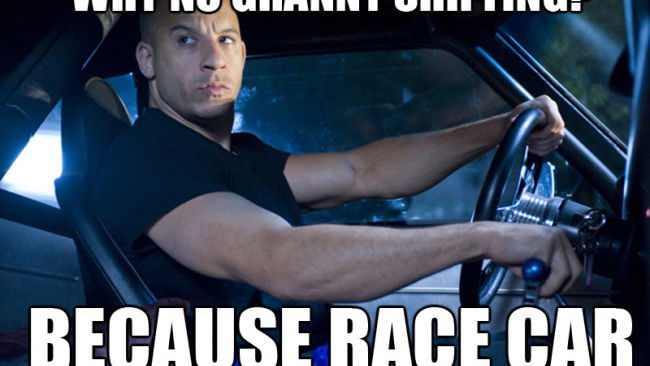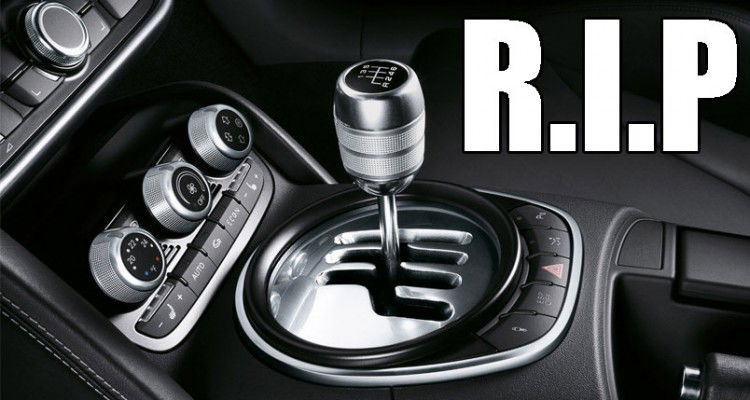How Flat Shifting Systems Work, And Why I'd Rather Do Without

Most normal people will follow the standard process of shifting gear: lift off the throttle, clutch down, change ratio, clutch up, throttle on. Then you get people lacking any form of mechanical sympathy who are happy to keep the throttle pinned during the entire ordeal. This is known as ‘flat-shifting’ or ‘powershifting’ and in theory it’s meant to reduce the time between the gap of torque appliance when the clutch disengages the engine from the transmission.
In reality, this puts huge stress on your transmission as the clutch plate – which contains a frictional material that can potentially wear down very quickly – has to change gear after a huge spike of revs as the flywheel suddenly accelerates due to the lack of load from the gearbox. If you want to destroy your clutch, that’s a great way to go about it.

As you actuate the clutch, the clutch plate is left spinning at the same rate as the engine and transmission were in the last gear. By keeping your foot flat to the floor however, torque is added to the input shaft as it travels at the same speed as the engine. When the clutch is reengaged, it must cope with the braking torque that occurs as it forces the engine speed back down to the required rate for that gear.
However, in the pursuit of ultimate performance to the very millisecond, manufacturers have started to program ECUs to a point where artificial driver aids like auto-blipping and rev-matching are successfully programmed into the car’s brain. I for one think this takes a large amount of fun out of the driving experience; who would rather a computer heel-and-toed for them? This surge of engine-trickery extends to flat-shifting, as the ECU can be programmed to cut ignition or fuel delivery while the engine and transmission are disengaged to prevent the spike in engine speed, simultaneously reducing that lag time produced by coming off and on the throttle.

Systems can also set a rev-limiter instead of the intricate ECU tuning so that the engine speed doesn’t spike too high, much like a launch control system. Although this is a less accurate method and therefore will produce more wear, that gap in torque conversion will be vastly reduced. The most intricate of flat-shift systems on the other hand use very accurate torque sensoring, measuring the torque reduction when changing gear and linking that to a cut duration for the ignition.
These advanced systems make for the minimum interruption of torque to the wheels. The relationship with the torque sensors and the ignition timing means that there is no chance of the engine spiking before the next gear is engaged properly which subsequently reduces wear on the gears and the friction material on the clutch plate.
The most prominent car to embrace flat-shifting recently is the manual gearbox’d Alfa Romeo Giulia Quadrifoglio. The driver can shift up through the gears with the throttle pinned, as well as having the benefit of an auto-blip for the downshifts. Although it can be seen as a cool feature, I’m not so keen. There’s something magical about that sudden drop in revs as you dip the clutch – a relative silence – before the next ratio gets kicked into action and the engine screams back into life. Systems like a flat-shift transmission have their purpose but from a mechanical engineer, give me a standard ‘box any day.
Comments
It’s Giulia not “Guilia”, right? Because that second one just looks ugly.
Another reason to get an older car :-P
well the funny thing is, you can just disable those features or not use them at all and shift normally, so i don’t really see a big problem.
The best advantage of flatshifting is on turbo cars. You can setup aftermarket ecu like megasquirt based on a clutch switch, it will stop rev limiting only when the clutch has fully grabbed. While the ignition isretarded and cut on alternate cylinders, it matches the rev for next gear and it keeps the turbo spooling at full boost so you get no lag. A bit like antilag but less deadly for your turbo. The rev matching can be set very precisely to slow down the engine the same as it would normally between gear changes with the throttle closed. I was actually thinking that if set properly, it would be much better for your trans than normal quick shifting when you don’t let the engine slow down anyway.
Couldn’t pull that in a manual with no synchronizers for sure
You’ll obviously get fiat shifting in an alfa
This seems like something thats been around for years, called throttle hang-time. Its ennoying like hell
You know that, if you start rev matching the car recognizes that and let u do the work. Everything can be turned off or on however do you prefer. I think they do this flat shift thing and auto blip so inexperienced guys can learn how to do it. I destroyed 2 clutches on my alfa trying to learn those(because race car) Double clutch, Down shift matching, and Up shift matching.
I still didnt understood flat shifting… Is there a simpler way?
“I drive manual only, because it is much more attached to the driving experience!” - Petrolheads, until 2016
Pagination